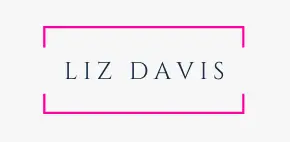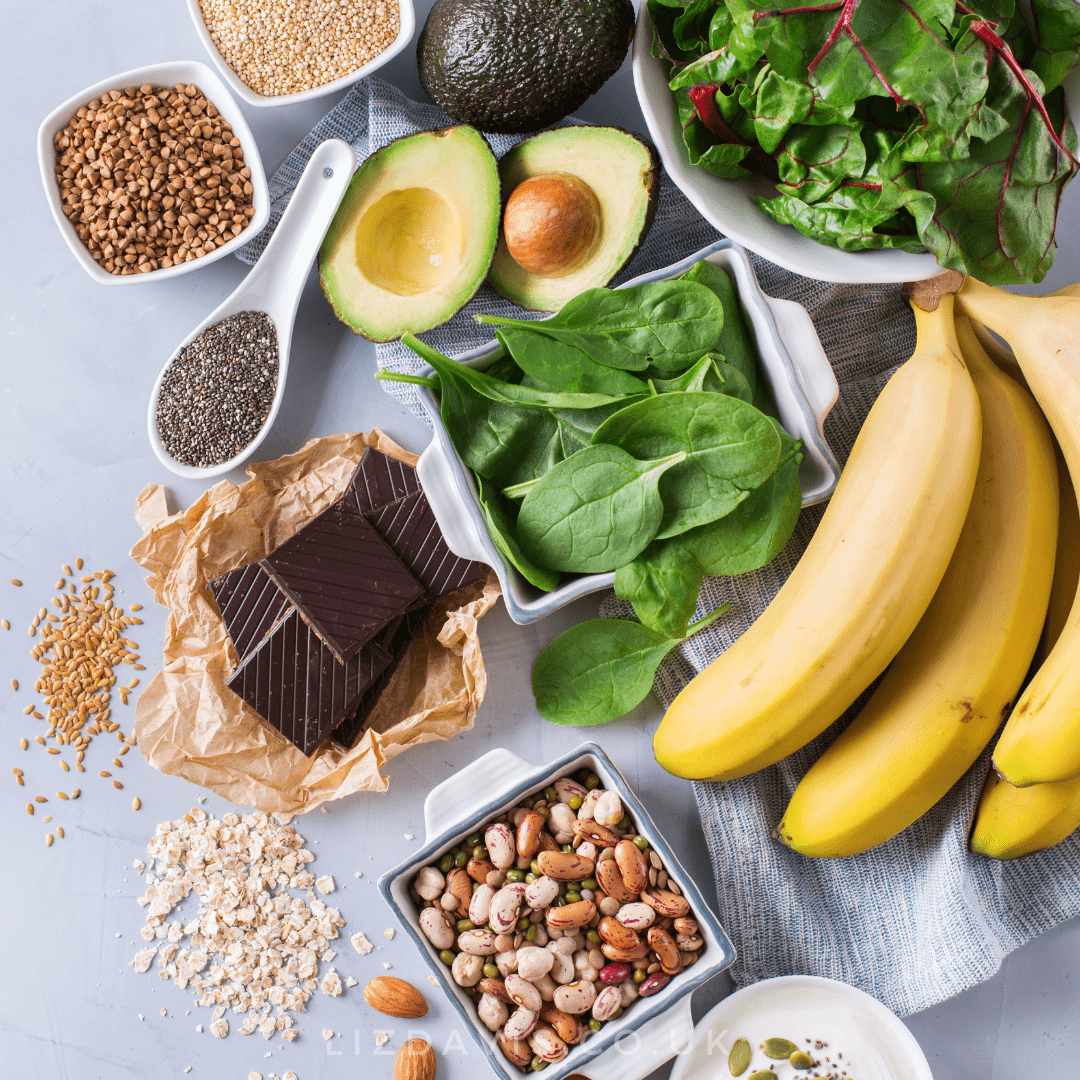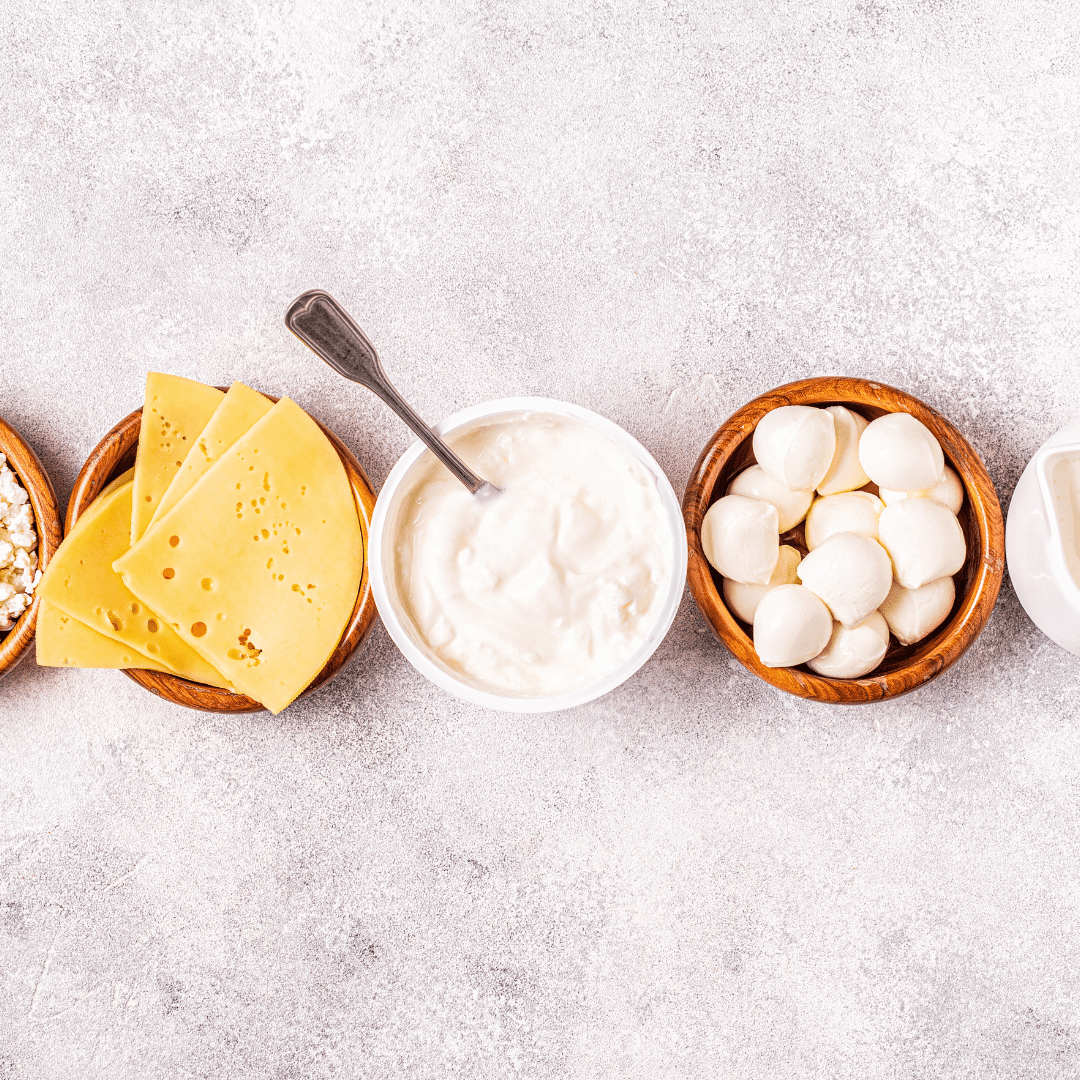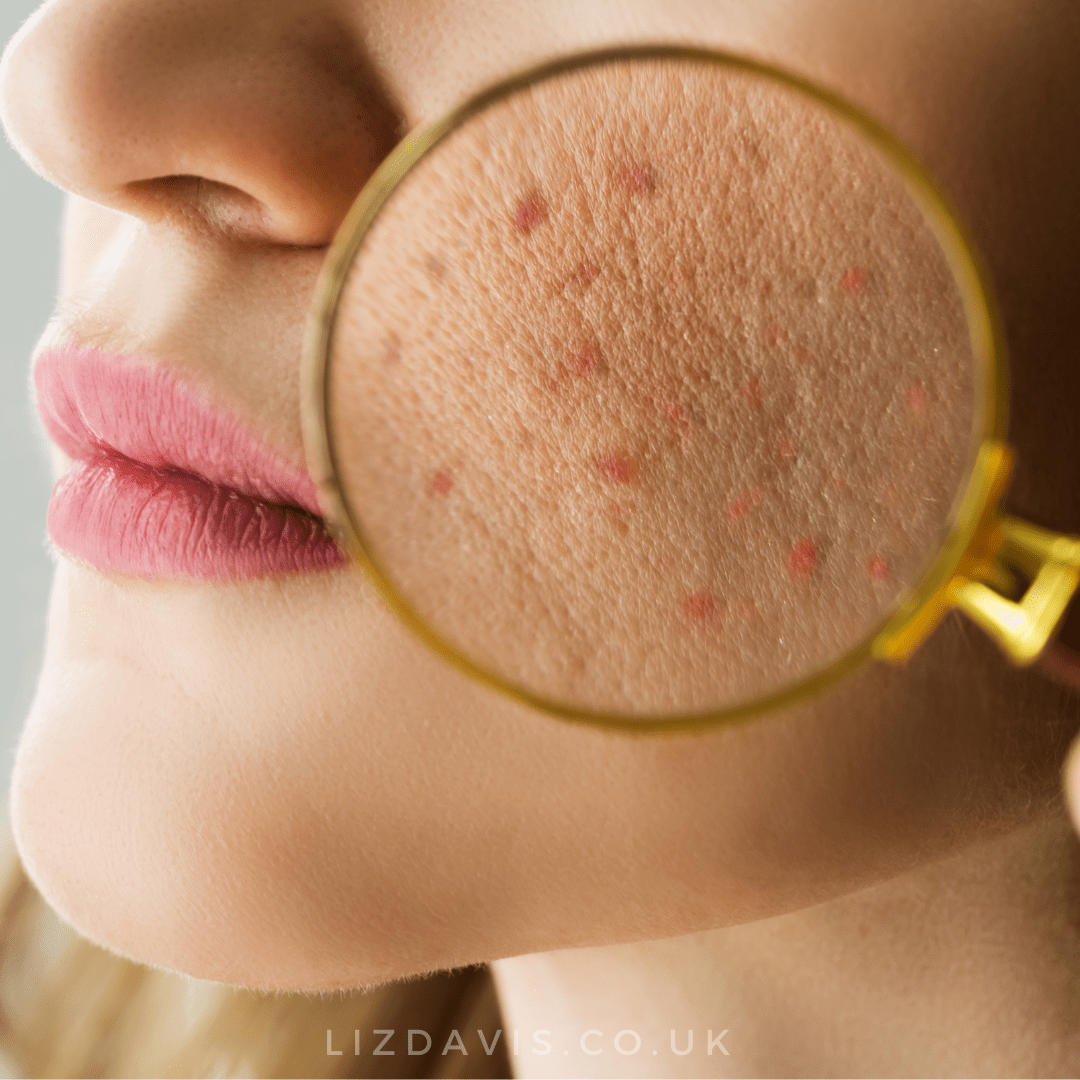What’s the problem with dairy? Some people thrive on it, others find it’s the root cause of bloating, skin flare-ups, or endless sniffles. If you’ve ever wondered whether dairy is secretly behind your symptoms, this is for you.
A dairy-free diet doesn’t always mean no dairy forever. For some, it’s about reducing it, swapping to fermented or raw dairy, or just testing how your body reacts. Let’s run through six key things you need to know about dairy and why it might (or might not) be a problem for you.
1. Dairy and bloating – a common link
If you’re constantly bloated after your latte or cheese board, dairy could be to blame. Often, it’s down to your gut bacteria being out of balance, or your body struggling to digest the proteins and sugars in milk.
2. Digestion often improves without dairy
Cramps, nausea, diarrhoea, stomach pain… if any of that rings a bell, dairy might be playing tricks on your digestion. Lactose intolerance is way more common than most people realise, and for many, ditching dairy calms IBS and other digestive issues.
If you’re serious about supporting your gut health, my online course, The Ultimate Gut Health Programme, is the perfect next step. It’s designed to help you calm your digestive system, avoid common triggers, and still enjoy delicious, satisfying meals.
This blog is just the tip of the iceberg — the course goes much deeper, giving you everything you need to truly soothe your gut, feel lighter, and reclaim your digestive comfort.
👉 Click here to get instant access and start feeling the difference today!
3. Dairy and your skin
Acne, eczema, or breakouts that just won’t shift? There’s solid research linking dairy to skin flare-ups. The good news: people often see big improvements by cutting back on dairy and adding in probiotics to support gut-skin health.
4. Where to get your calcium (without dairy)
We’re told dairy is the source of calcium, but that’s not true. Calcium needs magnesium to work properly — and most people are low in magnesium. Great non-dairy sources include leafy greens, avocados, bananas, figs, cocoa, nuts, seeds, and even sardines or tinned salmon.
5. Easier-to-digest dairy options
If you don’t want to ditch dairy completely, raw and fermented dairy are often much gentler on the gut. Think kefir, natural yogurt, or raw milk (if you can source it direct from farmers). Fermentation basically does the hard digestive work for you!
6. Test it for yourself
The simplest way to find out if dairy is behind your symptoms? Try cutting it out for 2–4 weeks. Notice how your digestion, skin, and energy change. Or experiment with fermented/raw dairy only. Your body will tell you quickly if dairy’s a problem.
Bottom line: Dairy isn’t automatically “bad” — it depends on you. If you’ve got symptoms you can’t explain, a short trial without dairy can be really eye-opening. But if you notice no difference, something else may be going on — that’s where proper gut testing can really help.
If you would like to speak to me about any aspect of your gut health, then please use this link to book into my diary for a FREE 30 minute chat so I can find out more about what is going on for you. Alternatively please use the ‘Learn More’ link below.
Free Mini Programme
Would You Like to Learn How to Fix Your Digestive Symptoms, Beat the Bloat and Feel Amazing?
1:1 Coaching Plans
Get Ready to Permanently Beat the Bloat, Soothe Your Digestion and Feel Amazing
Ultimate Gut Health Programme
Delicious, Filling & Inspiring ways to Become Symptom-Free, Soothe Your Gut and Enjoy Your Food Again!



